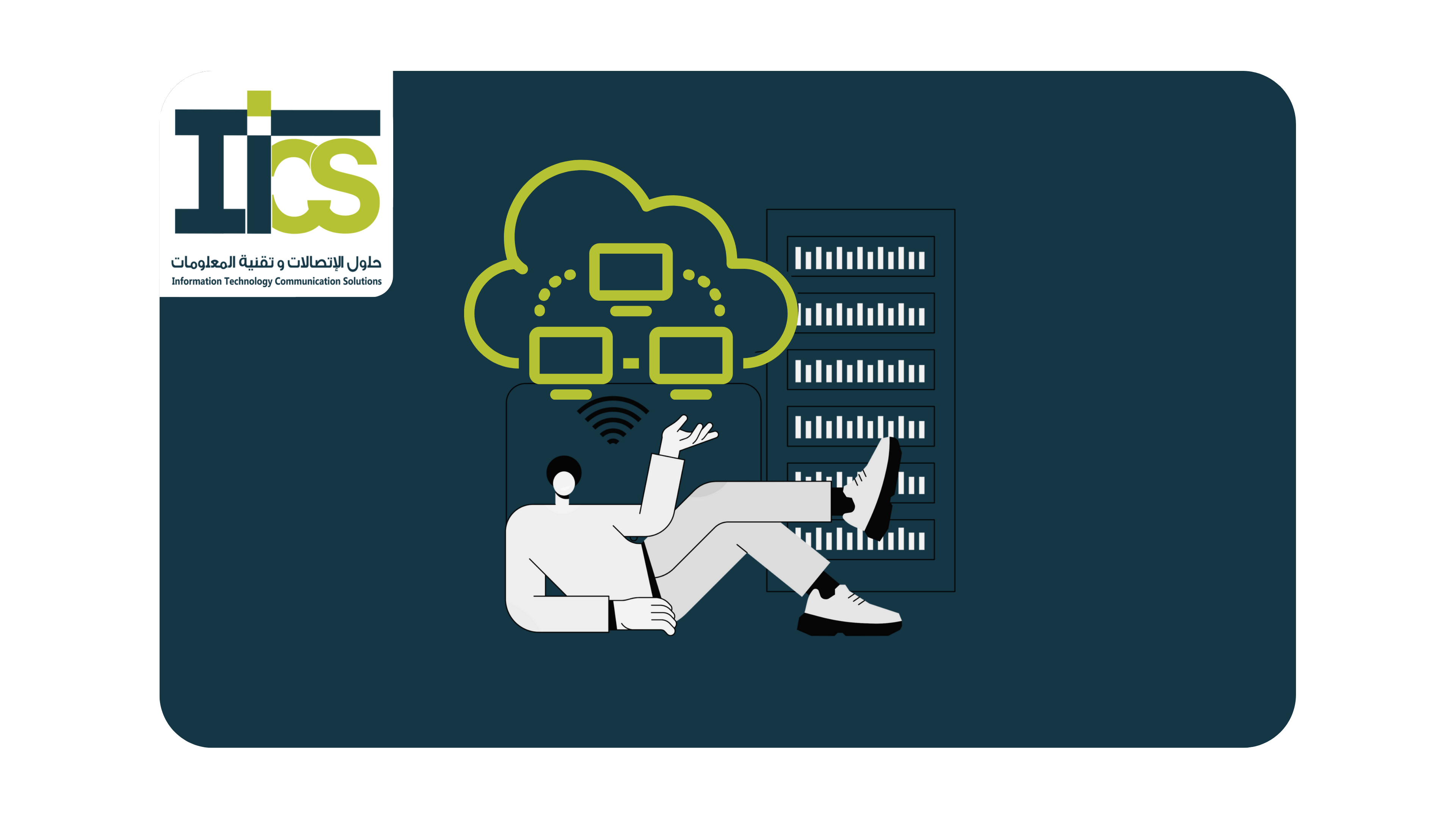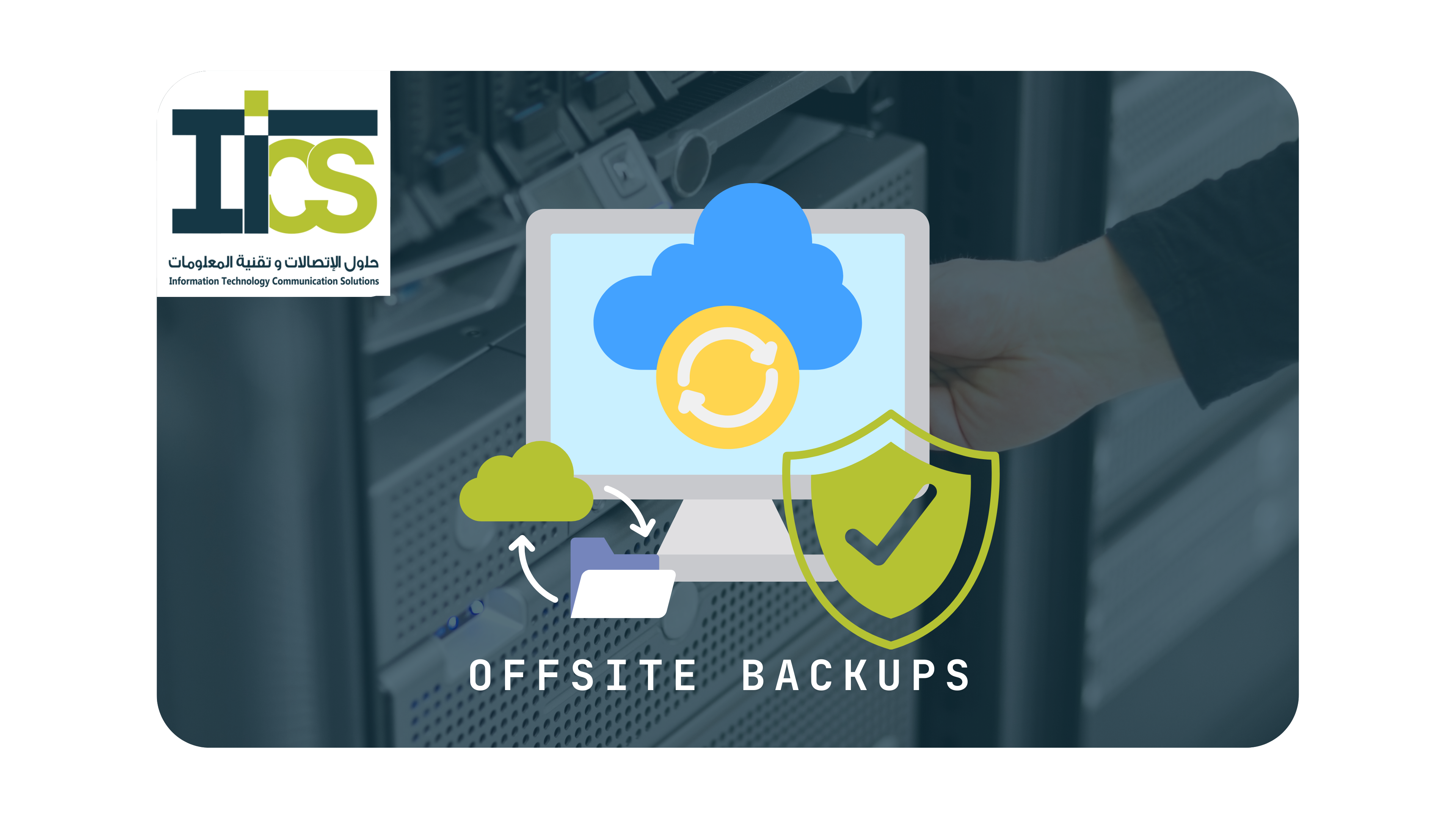Riyadh Resilience: 5 Proven Steps to Bulletproof Your Office Network
Protect your Riyadh small office from cyber threats with five foundational steps: audit and risk assessment, network segmentation, hardened perimeter defenses, secure Wi‑Fi, and continuous monitoring, patching, and training—all aligned with NCA and CITC guidelines.

In today’s hyper‑connected environment, even a small office in Riyadh faces significant risks—from sophisticated ransomware campaigns to stealthy unauthorized access attempts Protek Support. By following a structured, five‑step approach—comprising comprehensive audits, micro‑segmentation, layered perimeter defenses, robust wireless security, and ongoing monitoring and training—businesses can build a resilient network posture that aligns with both global best practices and Saudi‑specific regulations such as the NCA’s CGESP and the CITC Cybersecurity Regulatory Framework National Cybersecurity AuthorityCST. Below, we dive deeper into each step, offering practical guidance for securing your Riyadh office.
1. Conduct a Comprehensive Network Audit & Risk Assessment
Before deploying new defenses, gain full visibility into your network’s assets and exposures.
Map Your Infrastructure
- Catalog all networked devices—routers, switches, servers, workstations, printers, IoT endpoints, and wireless access points.
- Identify where sensitive data (e.g., payroll, customer PII) resides and trace its flow across on‑prem and cloud environments.
Assess Vulnerabilities
- Leverage industry‑leading scanners such as Tenable Nessus to discover unpatched software, outdated firmware, and default credentials Tenable®.
- Enable credentialed scans (SSH, SMB, SNMP) for deeper insights into host‑level vulnerabilities Tenable Docs.
- Even without a dedicated security team, small businesses can schedule automated scans and generate prioritized risk reports to streamline remediation Spiceworks Inc.
Align with NCA Guidelines
- Reference the NCA’s Cybersecurity Guidelines for E‑commerce Service Providers to ensure your assessment maps to national controls and reporting requirements National Cybersecurity Authority.
2. Segment Your Network & Enforce Access Controls
Isolate critical systems to prevent lateral movement in case of a breach.
Embrace a Zero Trust Mindset
- Adopt “never trust, always verify” principles: authenticate and authorize every device and user, regardless of location Home | CSA.
Implement VLANs & Microsegmentation
- Create separate VLANs for guest Wi‑Fi, corporate LAN, VoIP, and servers to contain potential intrusions Home.
- Use ACLs on firewalls and routers to restrict inter‑VLAN traffic—e.g., block guest VLAN from reaching finance systems.
Leverage 802.1X & RADIUS
- Enforce port‑based network access control so only authenticated devices can join critical segments Home | CSA.
3. Deploy & Harden Perimeter Defenses
Your firewall and IPS are the gatekeepers against external threats.
Next‑Generation Firewall (NGFW)
- Choose an NGFW that offers deep packet inspection, application‑layer filtering, and SSL/TLS decryption eSecurity Planet.
- Ensure the built‑in IPS engine is tuned to block regional threats such as MENA‑specific malware, brute‑force SSH, and DNS tunneling Perimeter 81.
Secure Management Interfaces
- Restrict administrative access (SSH, HTTPS) to a dedicated management VLAN or whitelisted IPs.
- Change default ports, disable unused services, and enforce MFA for all admin accounts eSecurity Planet.
Firmware & Patch Hygiene
- Schedule quarterly reviews to apply NGFW vendor patches, addressing newly disclosed vulnerabilities before attackers can exploit them eSecurity Planet.
4. Lock Down Wireless Networks with Strong Encryption & Authentication
Wireless convenience shouldn’t come at the cost of security.
WPA3‑Enterprise & 802.1X
- Deploy WPA3‑Enterprise with the 192‑bit security suite and Simultaneous Authentication of Equals (SAE) to protect against offline dictionary attacks and ensure forward secrecy Wi-Fi Alliance.
- Back this with a RADIUS‑based 802.1X framework for consistent credential management across wired and wireless networks Okta Identity Solutions.
Secure Guest Access
- Use a captive portal that isolates guests to internet‑only access and throttles bandwidth to prevent DoS scenarios Okta Identity Solutions.
Regular Key Rotation
- Rotate pre‑shared keys or certificates every 90 days and whenever devices are decommissioned to minimize risk of key compromise Okta Identity Solutions.
5. Establish Continuous Monitoring, Patch Management & User Training
Security is an ongoing process—automation and awareness are your allies.
Centralize Logs with SIEM
- Start with entry‑level solutions like AlienVault OSSIM or Splunk Free to consolidate logs from firewalls, servers, and endpoints for real‑time threat detection Logz.ioReddit.
Automate Patch Management
- Utilize tools such as ManageEngine Patch Manager Plus (or Microsoft WSUS) to automate OS and application updates on a weekly cadence, closing vulnerabilities before they’re exploited G2.
Employee Awareness & Incident Response
- Conduct quarterly phishing simulations to measure susceptibility and improve detection rates—studies show simulation exercises can reduce click‑through rates by up to 70% DIESEC Cyber Security.
- Pair these exercises with regular awareness campaigns and clear reporting channels to empower staff as your first line of defense Keepnet Labs.
Compliance Considerations in Saudi Arabia
- The NCA’s Cybersecurity Guidelines for E‑commerce Service Providers (CGESP) offer a tailored framework for SoHo and SMBs in the Kingdom National Cybersecurity Authority.
- The CITC’s Cybersecurity Regulatory Framework (CRF) mandates specific controls for ICT and postal service providers operating within Saudi borders CST.
Conclusion & Next Steps
Securing your Riyadh office network is a continuous journey of assessment, segmentation, layered defenses, and constant vigilance. By integrating these five foundational steps and aligning with NCA and CITC requirements, your SMB will fortify its infrastructure and gain a strategic advantage in customer trust and regulatory compliance.
Ready to fortify your network?
Partner with our IT team for a bespoke security assessment, architecture design, and implementation roadmap. Schedule your complimentary consultation today and take the first step toward a resilient, compliant, and future‑proof office network. https://itcs.sa/contact/request-consultation/






No approved comments yet. Be the first to comment!